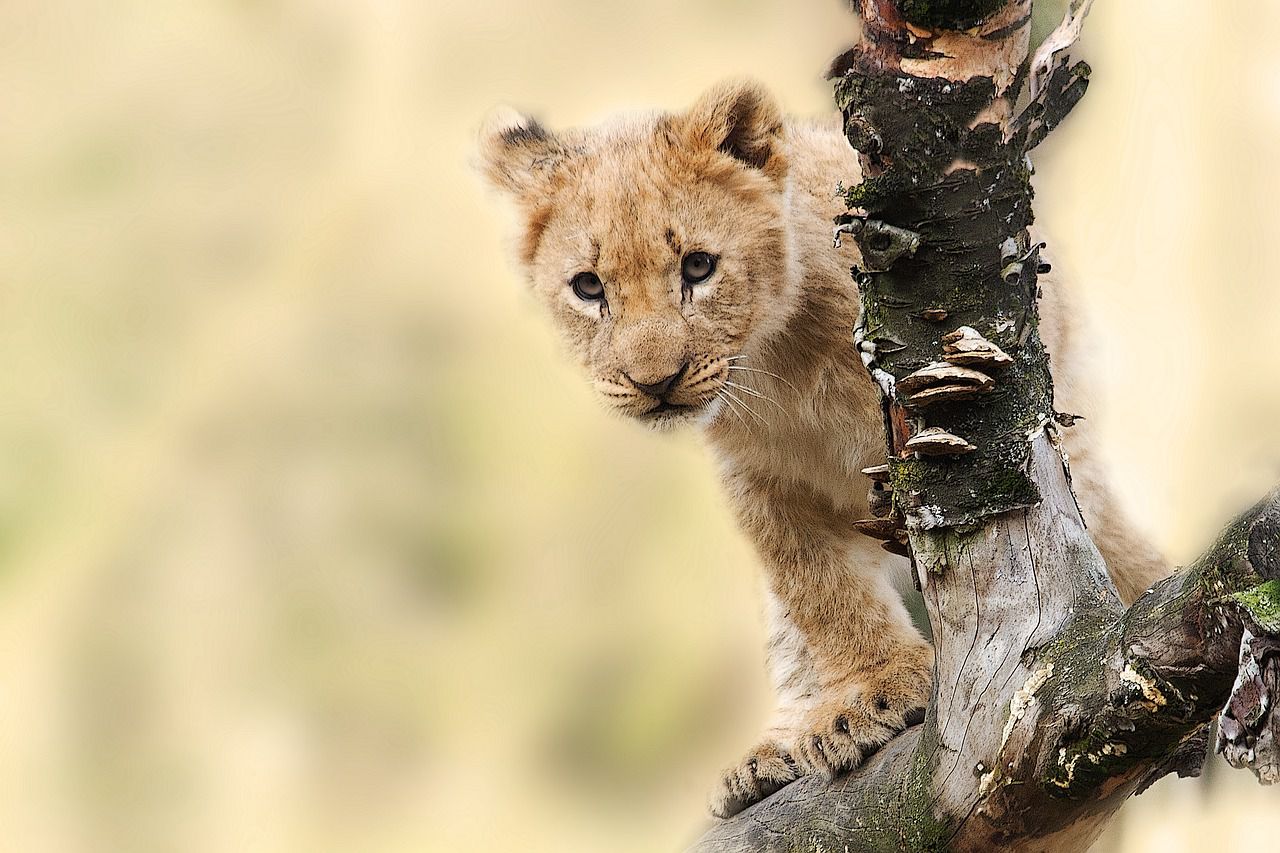How domesticated cats are different from the wild ones: It's not only about their habits
You might think that domesticated cats are just as the wild ones - just cleaner, healthier, and friendlier.
But it's not the case - they can actually be pretty different in a few aspects.
Here are some of them.
Appearance
Domesticated cats come in a wide variety of breeds, exhibiting diverse colors, patterns, and coat lengths.
Wild cats, on the other hand, tend to have a more uniform appearance, usually with a short coat and natural camouflage patterns that help them survive in the wild.

Size
Domesticated cats are generally smaller compared to many wild cat species.
This is because larger cats are more difficult to care for and are less suited for living in close proximity to humans.
Behavior
Domesticated cats have been socialized to live alongside humans, resulting in behavioral differences.
They are typically more tolerant of human interaction, displaying affection towards their owners and seeking companionship.
They have also retained some juvenile traits, such as retaining the ability to vocalize and meow, which is a form of communication between cats and humans.
Reproduction
Domesticated cats have been selectively bred to have year-round fertility, unlike many wild cat species that have specific breeding seasons.
Diet
Domesticated cats have adapted to a diet that is primarily based on commercial cat food, which is specifically formulated to meet their nutritional needs.
Wild cats, on the other hand, rely on hunting for their food and consume a diet that consists mainly of small prey animals.
